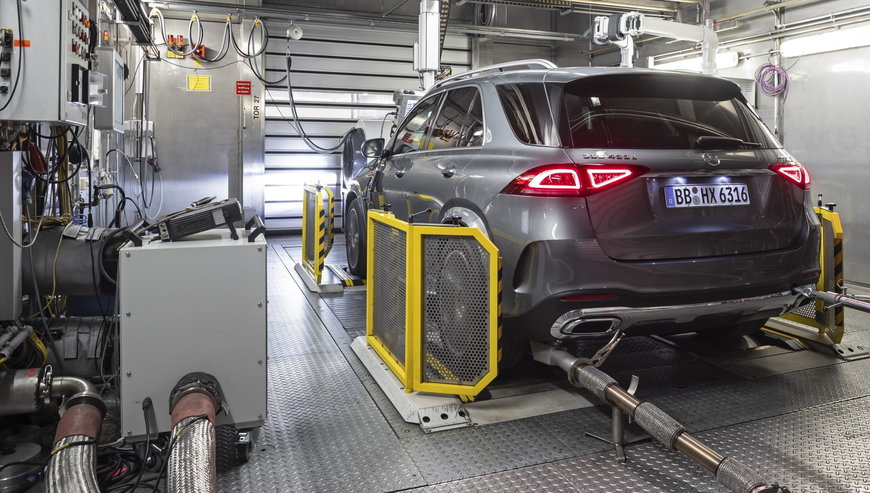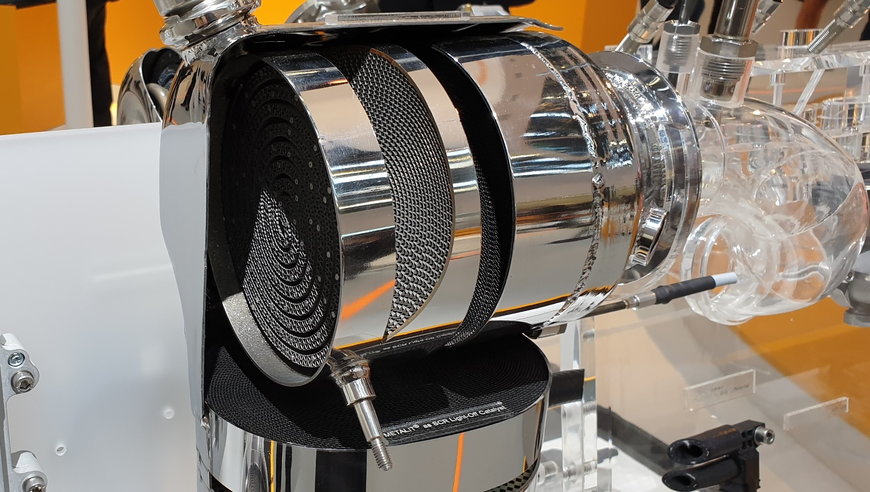www.auto-innovations.net
22
'20
Written on Modified on
MEDIAWORLD
What will be the content of the future Euro 7 standard?
While the European Euro 6d standard limiting pollutant emissions into the atmosphere came into force in January this year, the European Commission is working on several options for the content and date of application of Euro 7. To develop their next products, manufacturers are already basing themselves on reference values.

The European Commission has not yet endorsed the level of reduction of polluting gases emitted from vehicle exhausts, nor the introduction of limits for gases that were not previously considered. Three options are under consideration, ranging from slight reductions in Euro 6d limits to more severe ones including new procedures. Euro 7 is likely to come into force between 2023 and 2025 and manufacturers need to start defining the roadmaps for their future vehicles now. Despite this uncertainty, some numbers have frequently been stated in various congresses.
Euro 7 could halve the limits of the current standard on average. Concerning the WLTP procedure carried out in laboratories, NOx (nitrogen oxides) emissions currently limited to 80 mg/km for diesel vehicles and 60 mg/km for petrol vehicles will be harmonised to a maximum value of 35 mg/km. The limit for particulate mass emission would increase from 4.5 mg/km to 3 mg/km while the number of particulates would remain the same (6.0 x 1011/km) but the range of particulate sizes measured would be extended: advances in measuring equipment would make it possible to quantify particulates from 10 nm upwards instead of the current 23 nm.
Only for positive-ignition engines, the limit for HC (unburnt hydrocarbons) would be increased from 100 mg/km to 50 mg/km and the limit for NO (nitrogen monoxide) from 1000 mg/km to 500 mg/km, the latter already being applied to compression-ignition engines.
A limitation of ammonia (NH3) releases from their use in SCR systems could be added to the WLTP procedure.
RDE procedure
The RDE on-road measurement procedure would remain at two discharges but the compliance coefficient (CF) would drop to 1 instead of 1.5, thus identical limits to WLTP. The maximum permissible value for the number of particulates emitted would drop from 9.0 x 1011/km to 6.0 x 1011/km. Concerning NOx, the reduction could be drastic if the reductions in CF and WLTP were to be combined: thus the 80 mg/km for diesel vehicles and 60 mg/km for petrol vehicles would be lowered to a common value of 35 mg/km.

Other regulations could also be tightened, in particular the ISC (In Service Conformity) test, which checks that during their first 5 years vehicles still comply with their initial standard. The cold-start procedure, incorporating the 3- or 4-way catalyst and the regeneration process of the particulate filter for petrol or diesel engines, could also become stricter.
To meet this new standard, which is still under discussion, engine manufacturers have little time to select technical solutions ranging from combustion parameters to new or optimised after-treatment equipment. As with previous introductions of standards, one of the main difficulties for manufacturers is economic, due to the need for components which are more expensive than those currently in use.
Yvonnick Gazeau

